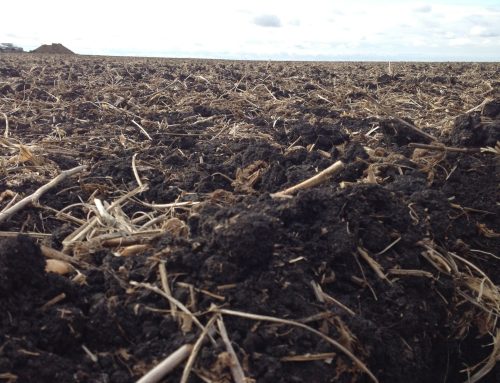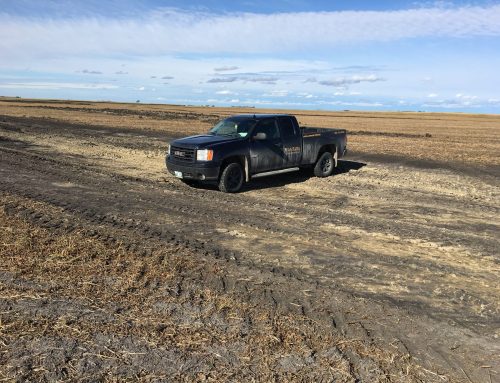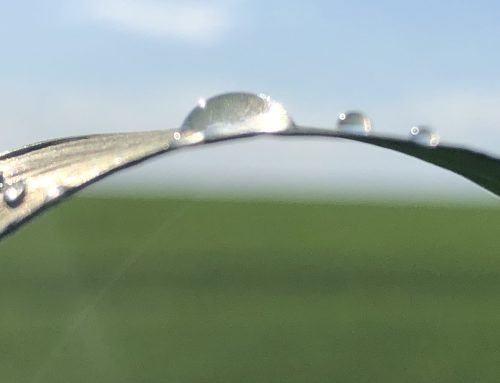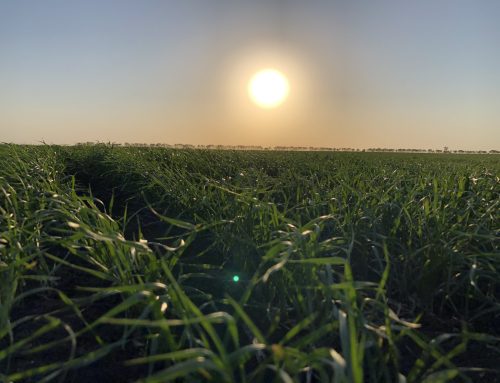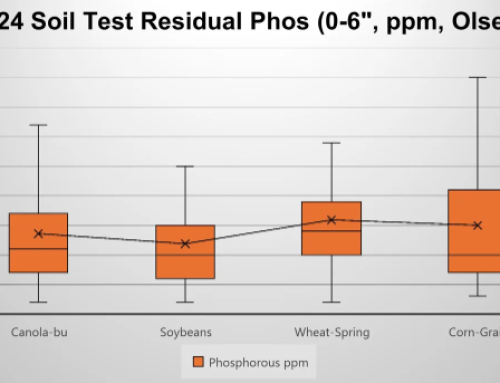A few weeks ago, I had a conversation with a prospect about the benefits of annual sampling. The producer said they didn’t know if it was worth sampling every year as the results are usually unreliable. He found he didn’t end up using them for planning purposes and felt there was limited value for the money invested.
As I continued to talk with this producer, I recalled a situation from last season that would help prove my point that annual sampling is beneficial. Most farmers in the Red River Valley remember we had an extremely wet fall in 2019 and field work was almost impossible to complete. We had to wait for the ground to freeze in order to gain access to the field to finish harvesting the crops and get soil sampling finished. Fall sampling conditions can affect results depending how easy it is to collect a proper 0-6” sample. The freezing of saturated soils caused a temporary release of nutrients that normally might not show up on a soil test (hence validating the producer’s point of unreliable test results).
This got me thinking about several of our customers that we’ve been working with for a long time and have numerous years of soil samples for their farms. When test results came in from the samples we took after the ground had been frozen, we noticed that some nutrient levels were wonky, especially for those nutrients that are immobile in the ground. We knew something was wrong, so we turned to our nutrient trendlines we had established for their fields. We were immediately able to see that last year’s results were outliers and we could justify the residual levels based on the time of year and soil conditions at the time of sampling. In this situation, we were able to use the field average for his residual nutrient levels and make a fertility plan we had confidence in.

Had our client not been sampling on an annual basis, we would not have had the benchmark average or trendlines and could have potentially missed these suspicious test results. High residual nutrient levels can change the crop rotation for a particular field, which means a farmer needs to rethink what he’s going to grow and where. Conversely, if a field is showing low residual nutrient levels, a producer will be inclined to apply higher rates of fertilizer to the crop in order to meet its needs. In this situation, the farmer would be over-applying nutrients and they could be susceptible to losses, as well as much higher input costs to the farmer.
“If we don’t measure it, we can’t manage it!”
At the end of our conversation, the producer could now understand that annual soil sampling has a multitude of benefits. If we don’t measure it, we can’t manage it. When done correctly, annual soil sampling can provide tremendous value and insights into what’s going on with their fields and what needs to be done in order to achieve optimum fertility for the crop. The producer realized that it was the accumulation of data from annual soil sampling that would give him confidence in his crop and fertility planning.
If you have several years worth of soil sampling reports, I encourage you to organize them into a spreadsheet and have a look to see if there are any trends that are noticeable. This will help you with your crop and fertility planning for the upcoming season. If you question the quality of your soil test results, watch our light-hearted video to find out more on how a quality soil sample should be taken compared to those that are shady (How to knock off a quality soil sampling service https://www.youtube.com/watch?v=4Mv7aO4l5Pc).
Leave me a comment as I’d like to hear your thoughts on this topic! www.antaraag.ca



